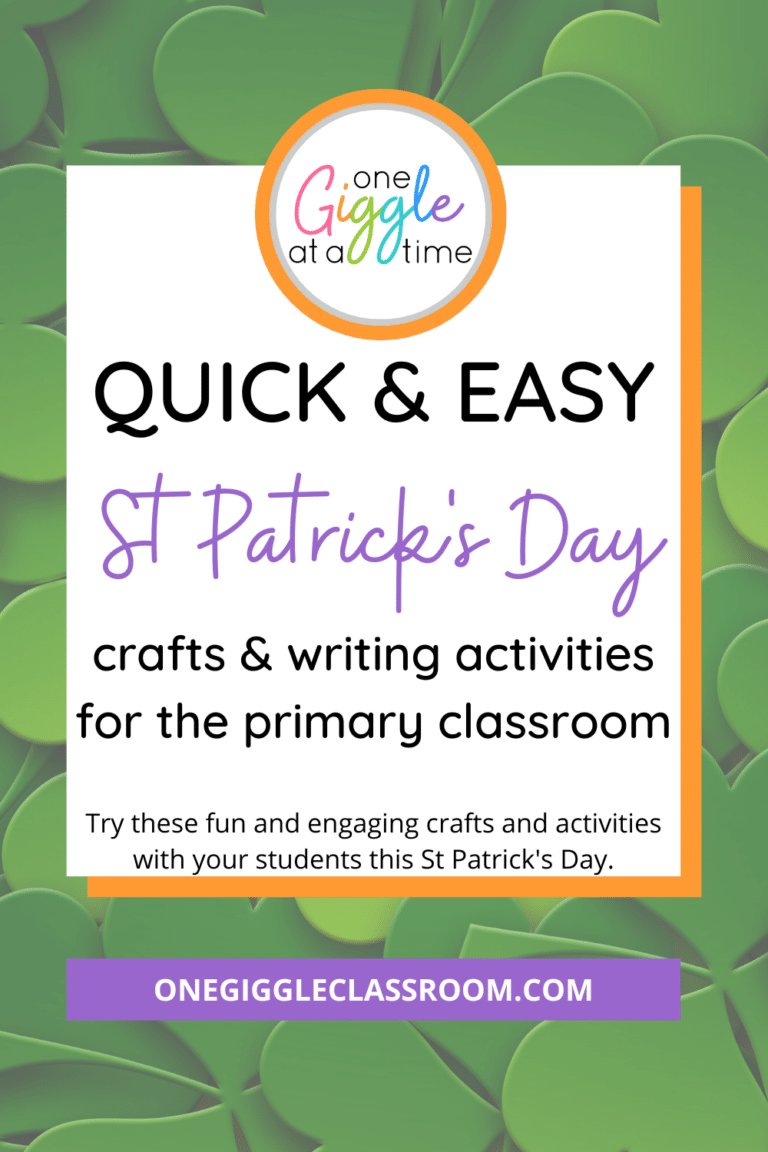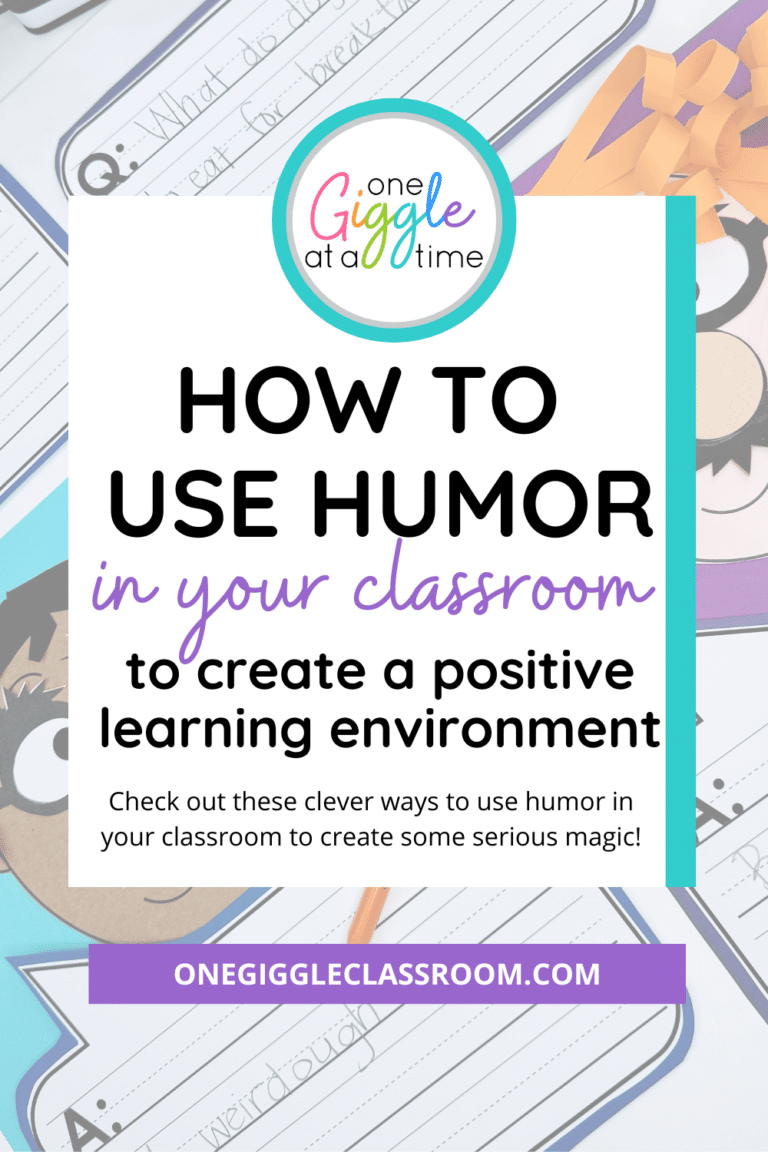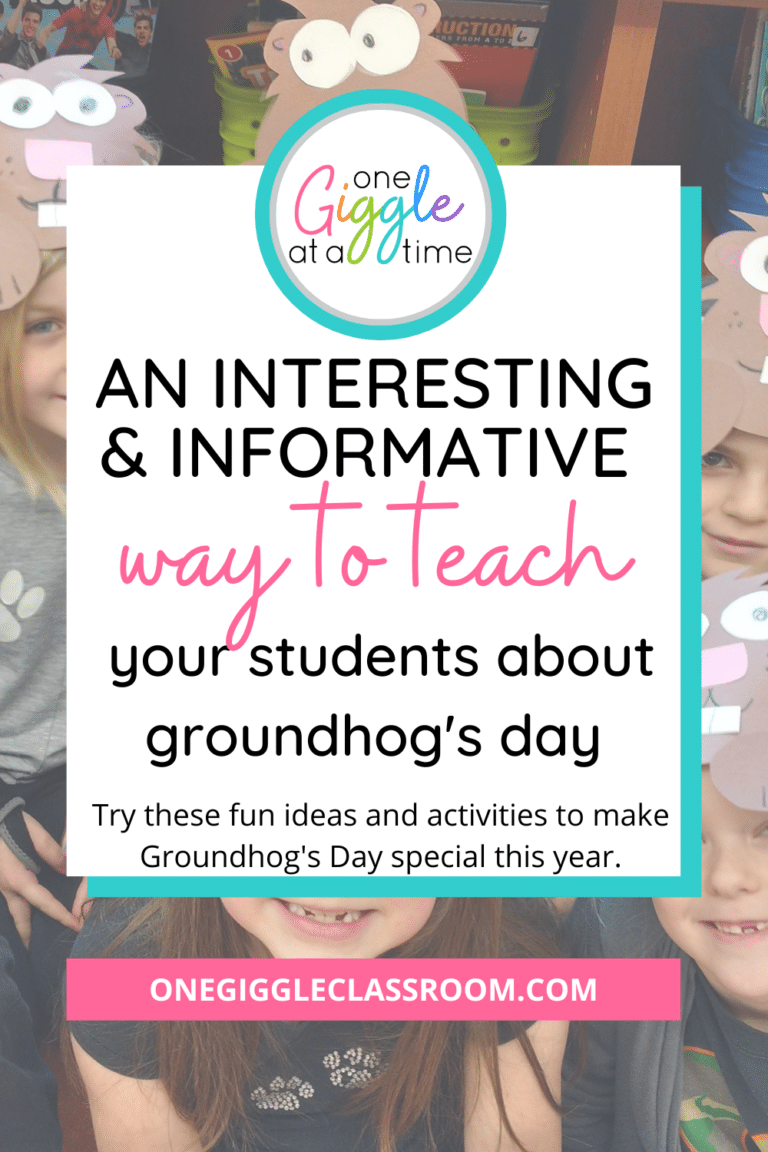
4 Exciting Ways to Teach Hands-On Story Retelling to First Graders
Share This:

Story retelling is a powerful way to help first graders develop reading comprehension, sequencing, and communication skills. By actively engaging with a story, students begin to understand it on a deeper level. If you’re looking for ways to make story retelling more interactive and meaningful for your students, you’re in the right place! Check out these 4 exciting ways to teach hands-on story retelling in first grade:
What is Story Retelling?
Story retelling is the process of recounting the events of a story after listening to or reading it.
It can include:
- Summarizing the plot
- Discussing the characters
- Identifying the beginning, middle, and end of the story
Why Story Retelling is Important for First Graders
Story retelling is more than just an activity— it’s an essential part of overall literacy development.
For first graders, story retelling helps build reading comprehension skills, sequencing abilities, and oral language development. It’s a key piece in moving from simply listening to a story to actively understanding and participating in it!
By encouraging students to retell stories in their own words, you’re fostering their ability to recall details, understand important concepts, use descriptive language, use complete sentences, and think critically about what they’ve read or heard.
The Benefits of Hands-On Learning with Story Retell
By incorporating hands-on activities into story retelling, you make the process more engaging and fun for little ones! First graders often learn best with a multisensory approach— hearing, seeing, and touching— and hands-on story retelling is just that!

Hands-on learning allows students to use their imagination and get involved physically as they play, collaborate, and engage with peers. It also supports:
- Increased engagement
- Collaboration and teamwork
- Empathy and social skills
Ways to Teach Hands-On Story Retelling
Use any of these interactive ideas to teach hands-on story retelling:
- Five Finger Story Retell
- Puppets
- Role-Playing
- Interactive Bookmarks
*This post contains some affiliate links. As an Amazon Associate, I earn from qualifying purchases.
1. Five Finger Story Retell
The Five Finger Story Retell method is a great way to introduce structure with retelling. This strategy teaches students to recall key story elements by associating them with the fingers on a glove.
The visual and physical cues of this tool help students easily remember the main points of any story in sequence as they organize their thoughts.
What You Need
- Printables from the Five Finger Story Retell product
- Scissors
- Glue stick
- Hot glue gun and extra glue sticks
- Black gloves
- Laminator and laminating pages
How to Assemble
Have your Five Finger Retell gloves ready in 5 easy steps!
- Cut pieces apart before laminating them. They stay together better in the end when you do this first!
- Glue pieces down to laminating sheets before laminating to hold them in place. (No one needs little pieces sliding around in your laminator!) Leave some film around the edges of the laminating paper.
- Cut out the pieces and plug in your hot glue gun to begin assembling your glove.
- Carefully place a butter knife inside each finger of the glove as you are gluing so they don’t glue shut.
- Glue the pieces on!


Now, you’re ready to put this tool into action! Use the included classroom anchor chart to demonstrate how to use the Five Finger Retelling method to your students.
Select from the fiction or nonfiction graphic organizer pages to teach students how to work through the gloves and begin story retelling. Each one is available with and without lines, so this resource is easy to differentiate based on your students’ needs!
Story retelling gloves are the perfect addition to reading group work and partner activities!
2. Puppets
Puppets are another interactive way to promote hands-on story retelling! They allow students to act out different characters and stretch their creativity and imagination skills.

This method is especially effective for shy students. Using a puppet can act as a sense of security and allow these students to express themselves more freely to their peers.
Grab this FREE puppet show planning page to make things extra simple for you and engaging for your students!

3. Role Playing
An additional hands-on approach to consider is having students retell stories through role-playing. Assign different students to play the roles of characters, narrators, or even objects in the story. You can split students into small groups or work together as a whole class.


Encourage students to brainstorm with you about what happened first, next, and last in the story. Step back and allow your students to showcase their story retelling abilities with this fun, interactive activity!
Role-playing has other great benefits too:
- Positive classroom community: Students work together to retell stories while practicing teamwork and collaboration.
- Problem-solving: Students have to think critically about how to act out the different parts of the story.
- Empathy and kindness: As students work together, they practice kindness by helping peers and shifting perspectives as they step into the roles of different characters.
4. Interactive Retelling Bookmarks
Finally, use these FREE interactive retelling bookmarks! These bookmarks promote independence in story retelling while students are reading on their own or with a partner.
So often students do not pause to take the time to think about what they have read after the book is done, but interactive retelling bookmarks help them to remember to slow down and give their brains some time to process what they have seen and heard.
*Read more about how to use interactive retelling bookmarks here!
Other Ways to Support Early Literacy Skills
Consider these other ways to support your students’ reading and comprehension skills to keep learning fun and meaningful:
Create a Reading Corner
Design a cozy reading corner in your classroom full of engaging, age-appropriate, diverse books. This can motivate students to read independently and spark curiosity for new topics and genres.
Vocabulary Word of the Day
Introduce a Vocabulary Word of the Day during Morning Meeting to help students learn new words in a fun way!
Use activities that highlight these new words, encourage kids to use the word in sentences, or challenge them to find it as they read.
Reading Response Sheets
Reading response sheets are another great tool to support early literacy skills in young readers. These sheets encourage students to pause and reflect on what they have read which helps strengthen reading comprehension and critical thinking skills!
Teach hands-on story retelling to bring literacy to life for first graders! Through engaging learning tools, they won’t even realize they are developing important comprehension, sequencing, and communication skills! Whether you choose to use the five-finger story retell activity, role-playing, or other interactive tools, you can be confident that you will build confidence and foster a love for reading that your students will carry with them throughout life!
Let me know if you have any questions about anything you see here. Don’t forget to pin this post to refer to it later!

Other posts you may enjoy:
10 Fun & Effective Ways to Motivate Your Students
6 ENGAGING Activities to Build Strong Vocabulary in Elementary-Aged Students
10 Expert Tips for Really Effective Elementary Classroom Management
MAKE COMPREHENSION INTERACTIVE AND FUN!
Retelling Bookmarks
This FREEBIE is going to change the way your students spend their “after reading” time!


Diane Romo
Thank you for being here! I love sharing ideas with other teachers! If you are looking to enhance your teaching and build a positive classroom community, you have come to the right place!


























